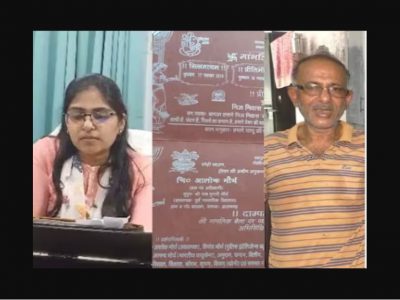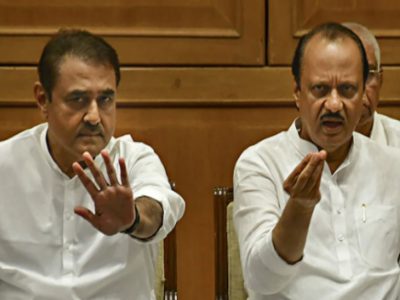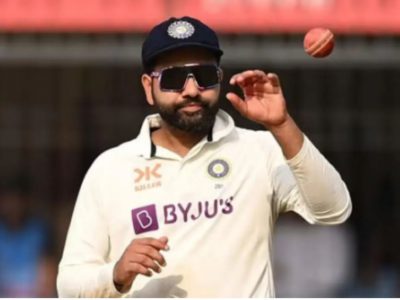
‘Public Private People Model’ in Healthcare

“In foreign nations, the cost of keeping every citizen healthy lies with the Insurance Companies and the Governments.”
Prevention is better than cure is an overly used clichè, but runs universally applicable and will stay that way. Its significance can be witnessed in Government departments and private sector alike. The tri-layered healthcare mechanism introduced by the Governments proves it well. The mechanism encompasses Primary Healthcare Centres, Community Healthcare Centres and District Healthcare Centres post which referral to big hospitals comes into play, whenever needed.
The objective of this mechanism is to ensure that larger number of ailments shall be diagnosed at the initial stage in rural pockets or small towns and effective medications may begin to uproot it.
The importance of Primary Healthcare Centres is considerable as the locals receive medical assistance the moment symptoms appear. Also, such Centres are responsible for spreading awareness about and bringing various healthcare measures introduced by the Governments, Central and States to the households through Aanganvadi workers and Asha workers. The awareness and implementation of initiatives like DOTS to fight tuberculosis, Janani Suraksha Yojana, Nutrition-related schemes, Deworming drive, vaccination drives and others are carried out by these Centres through its teams.
If the local resident does not get cured at the Primary Healthcare Centre, s/he is sent to the doctor available at Community Healthcare Centre which has adequately equipped Diagnostic Laboratory as well. The consultations and investigations may help him to get fully cured. But if there is no respite, s/he may be sent to District Hospital and to higher referral hospitals like All India Institute of Medical Sciences (AIIMS).
It is quessential for every resident to understand the nuances and structure of this mechanism. Talking of private sector, a person visits a General Physician also known as Family Physician or Family Doctor who usually holds an MBBS degree. In case of common diseases, a person gets cured there itself. There are Polyclinics where Specialists dealing with various body parts and related ailments are available and a patient may get synergized expert opinion of these Consultants in case of two-three ailments.
Then there are Nursing Homes where the patients can be admitted. It falls under primary healthcare. The bigger Nursing Homes equipped with Operation Theatre (OT) and Intensive Care Unit (ICU), they are considered as second-level or Secondary care Centres.
The big hospitals with more than hundred beds, fully-equipped with latest machines, contemporary Modular Operation Theatres, ICU, facilities of CT Scan, MRI, in-house pathology and Consultants related to every speciality are available fall under the category of Tertiary Care Hospitals.
The hospitals where Robotics Surgery, Proton Therapy, Heart Transplants, Lung Transplants and other advanced solutions are possible are known to be Fourth-level Healthcare Hospitals which are at the zenith in terms of providing medical solutions.
It may be true that these mechanisms and levels come into play once someone falls ill but it is important for all of us to be aware of these structures so that the illness can be diagnosed at the initial level through investigations and doctor’s interventions and prescriptions and can be contained before it may cause serious damages.
This approach is widely called as Preventive Health System under which annual blood tests, radiological tests and doctor’s routine consultations are carried out for people falling under various age-groups. The people aged forty and above to go for these tests annually so that any ailment if present or has started developing inside the body can be spotted and eradicated in time. It is prevalent in urban pockets of India.
In foreign nations, the cost of keeping every citizen healthy lies with the Insurance Companies and the Governments. There exist Diagnostic Related Groups where annual medical tests are carried out so that contagious ailments can be contained in time and the burden of paying for cure and recovery may get lessened from the shoulders of the Insurance Company or Government.
Many Insurance Companies offer annual health check-ups to those who hold their mediclaim policies. The private hospitals also play their active part and offer significant rebates on various investigation packages or they offer huge rebates in packages related to different age-groups and investigations to spot symptoms of different ailments and these discounts go beyond fifty percent. Additionally, they organize Annual Health Clinics and Free Camps and the people shall extract benefits of such drives to help self to curb illness in time and the huge expenses incurred in medical investigations can be reduced which sadly leads to financial stress and the heavy costs involved in availing medical solutions which creates such a situation where every year more than five percent of the population is falling into the category of have-nots can be saved.
The government-run and private hospitals organize free camps continually and the people residing in remote locations are investigated through mobile vans and people must take benefit of it without second thoughts as many serious ailments get diagnosed in time and the lives get saved without much complications.
More such drives, measures and significant steps coupled with adequate awareness in every nook and cranny are much-required and a lot has to be done in this direction which is possible by effective Public Private People Model.
Jai Hind!
(An article by Gaurav Pandey, Senior Health Professional.)





